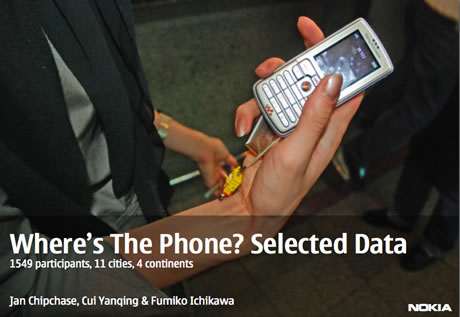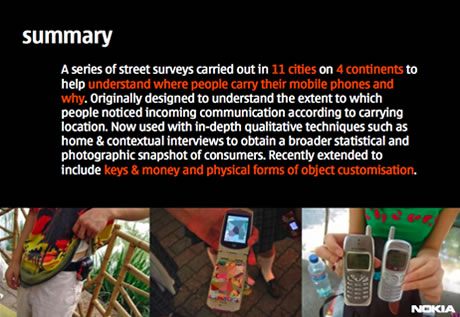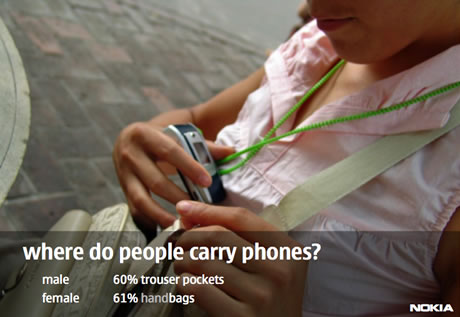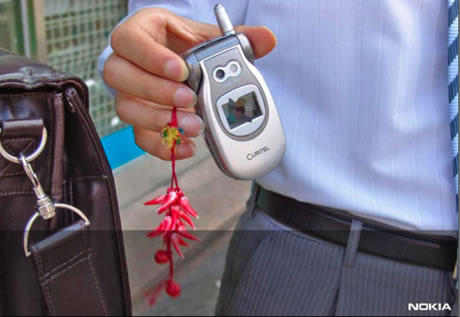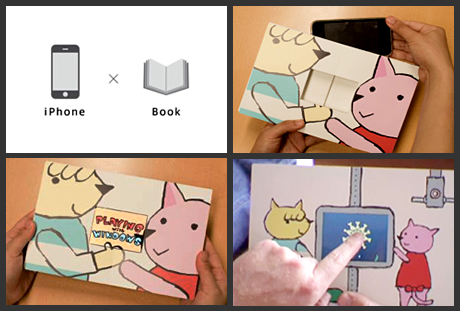
“I was completely blown away by this video the first time through. Such a simple, low-tech, solution produces such an amazingly rich, engaging experience that’s just bursting with possibility for further creativity.
While it’s just a concept at this point, you can see how it can make a new kind of storytelling available to the masses in a way that wouldn’t have seemed possible not that long ago.” via everydayux
“It’s the hybrid book which combined iPhone and an ordinary book. Â You can enjoy interactive actions there, by touching the screen or tipping the book as you read it.”
“The keyword of Phone Book is “Analog on the Digital Technologyâ€; it combines digital value of iPhone and analogue advantage of books. This new approach will be able to apply to leaflet / catalogue for business use, art book, picture book or educational tool. It’s also possible to utilize ordinary movies / pictures instead of iPhone application.”
You can find some more info here in Japanese.
vivek
